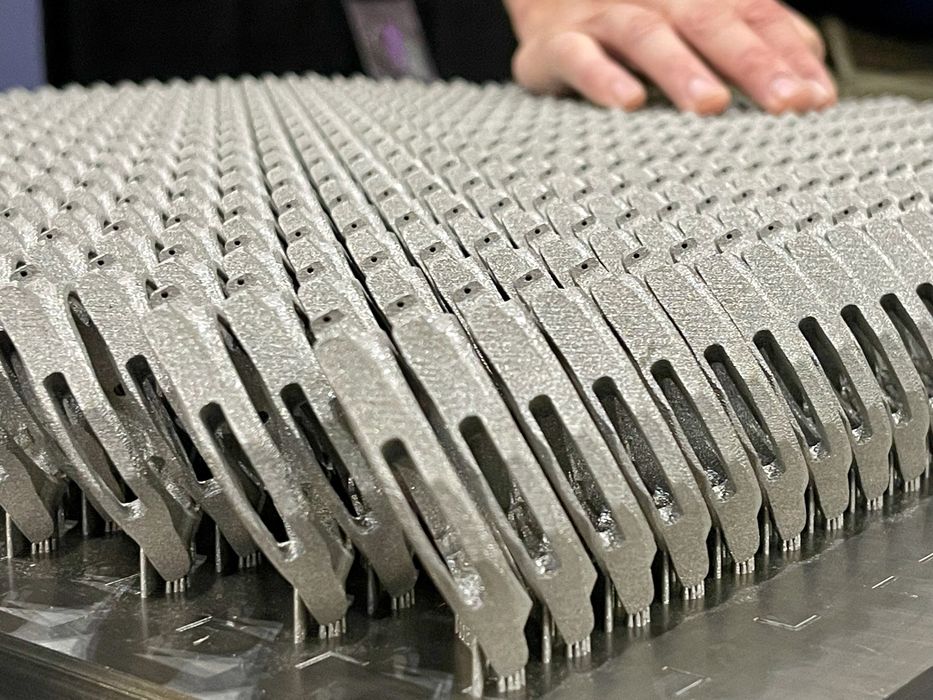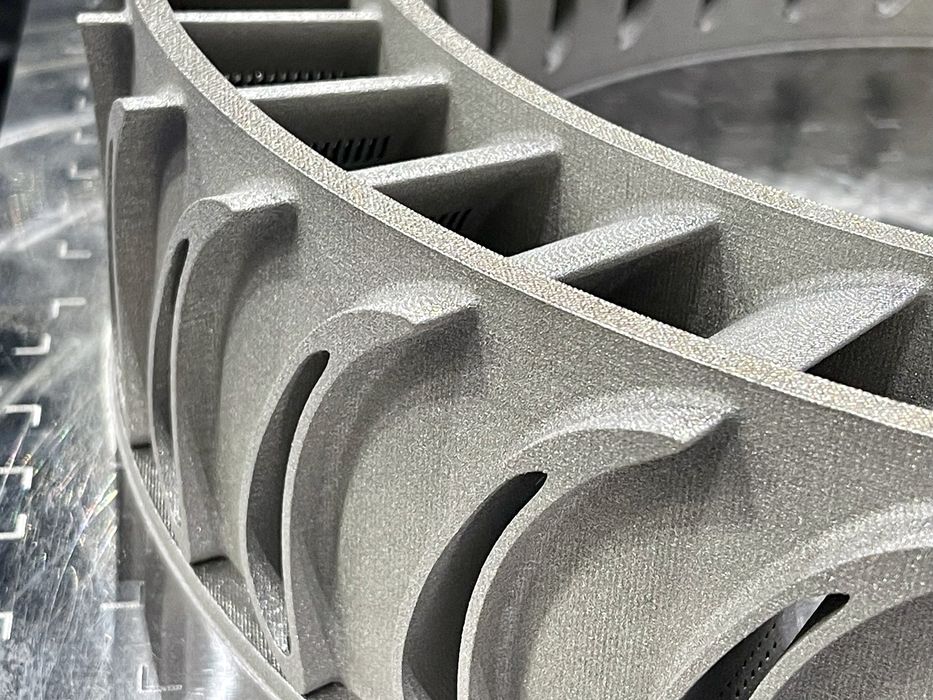
We had a discussion with representatives of VulcanForms.
VulcanForms is a Massachusetts-based startup developing a scalable metal 3D printing process for large scale manufacturing. They were formed back in 2015, but only in recent years have become visible.
Large-scale manufacturing is the apparent goal of many current 3D printer producers, but they’ve all been having challenges. My thought is that the technologies developed years ago for prototyping purposes really are not particularly scalable for mass manufacturing.
That’s why VulcanForms and several other parties are developing new forms of 3D printing that are better adapted to large-scale manufacturing. These would be speedier and less expensive to operate, factors which matter less when making prototypes.
The concept of a new form of technology being able to attract manufacturers has evidently been interesting to investors. VulcanForms has, according to Crunchbase as of this writing, some US$350M in investment. As such VulcanForms must be one of the most well-funded 3D print startups on the planet. Co-Founder John Hart explains some of their story in a recent TEDx talk:
At top you can see a sample print plate, where they demonstrate the ability to produce huge numbers of parts all at once.
What’s the secret to their technology?

It’s all about energy. While they use the familiar LBPF process to fuse metal, they do it in a spectacular way. Typical LPBF metal 3D printers would use a 1kW laser or two to selectively fuse metal powder.
On the other hand, VulcanForm’s technology uses up to 100kW of energy during printing. How does this happen? We were told their current Gen 3 system can apply that energy through 75 lasers, all placed at the same distance from the print surface. That placement eliminates distortions caused by the angled laser views with common galvanometric LPBF systems. Their system also extracts the fumes from laser activity right at the source, so the fumes are not able to distort the laser path, leading to increased print quality.
All of this happens on a 600 x 600 mm print plate, which you can see at top. This technology allows for rapid production of larger quantities of parts, ideal for manufacturing.
VulcanForms does not intend on selling their powerful 3D printers. Instead, they’re taking an approach that several startups have chosen: operating as a service.
They will establish “factories” and accept customer requests for parts. These would be printed and post processed at the factory, then sent to customers, wherever they may be. This approach allows VulcanForms to have their technicians operate the equipment in the most optimal way, and also allow for continual machine upgrades and enhancements without disturbing customers. They also save by not having squads of customer service personnel.
They also recently purchased a huge CNC workshop, which would become part of the post processing capability for their factories.
We’re told they are now focusing on three areas: medical, aerospace and consumer products. Consumer products? It seems there are markets for the production of small metal components used in consumer products, such as watch cases.
VulcanForms has a unique approach to 3D printing that’s specifically targeted at large-scale manufacturers. Will their technology catch on? It seems quite promising, so far.
Via VulcanForms
